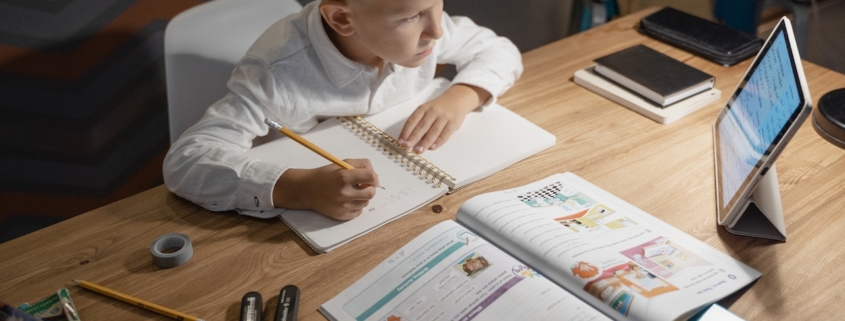Understanding Logical Reasoning Printable Lesson Plan for Teachers
Lesson Title:Understanding Logical Reasoning
Lesson Objective: Students will understand the concept of logical reasoning and be able to use it to solve problems and make logical conclusions.
Materials:
Introduction (5 minutes):
Direct Instruction (15 minutes):
Guided Practice (15 minutes):
Independent Practice (10 minutes):
Closure (5 minutes):
Assessment: Observe the students during independent practice and check their worksheets for accuracy.
Extension:Note:



